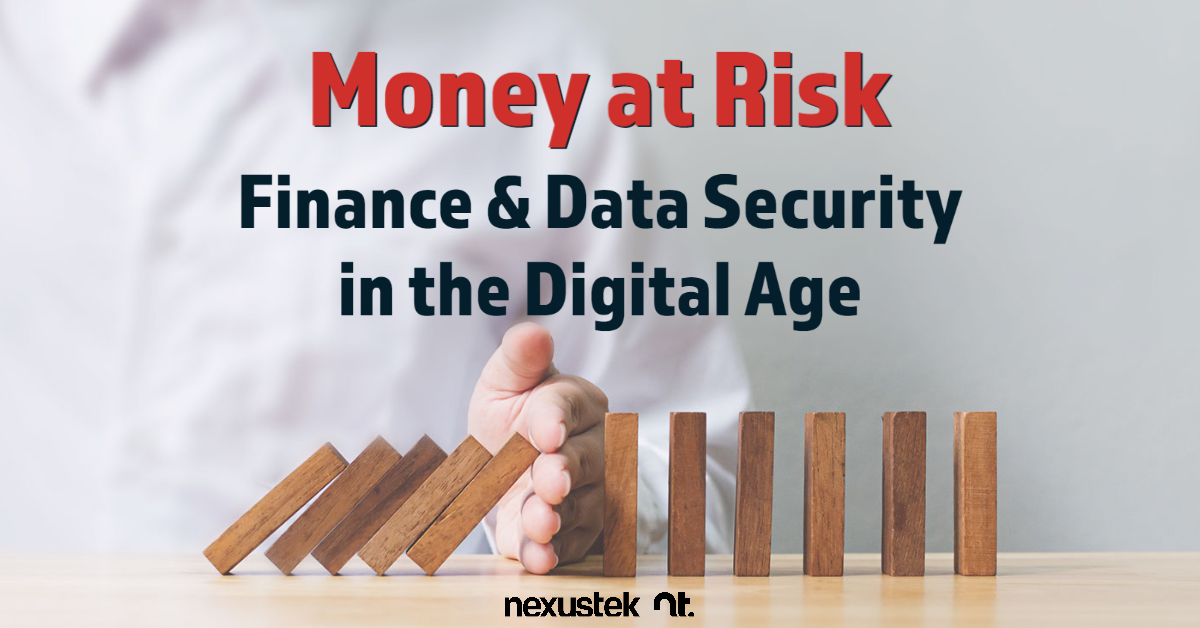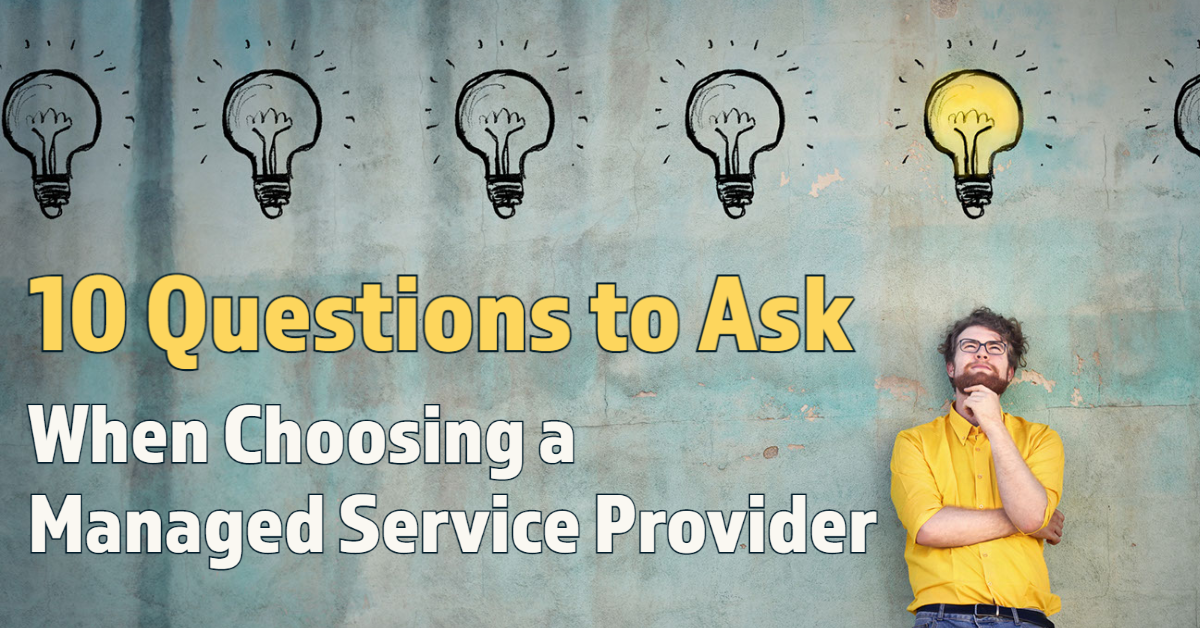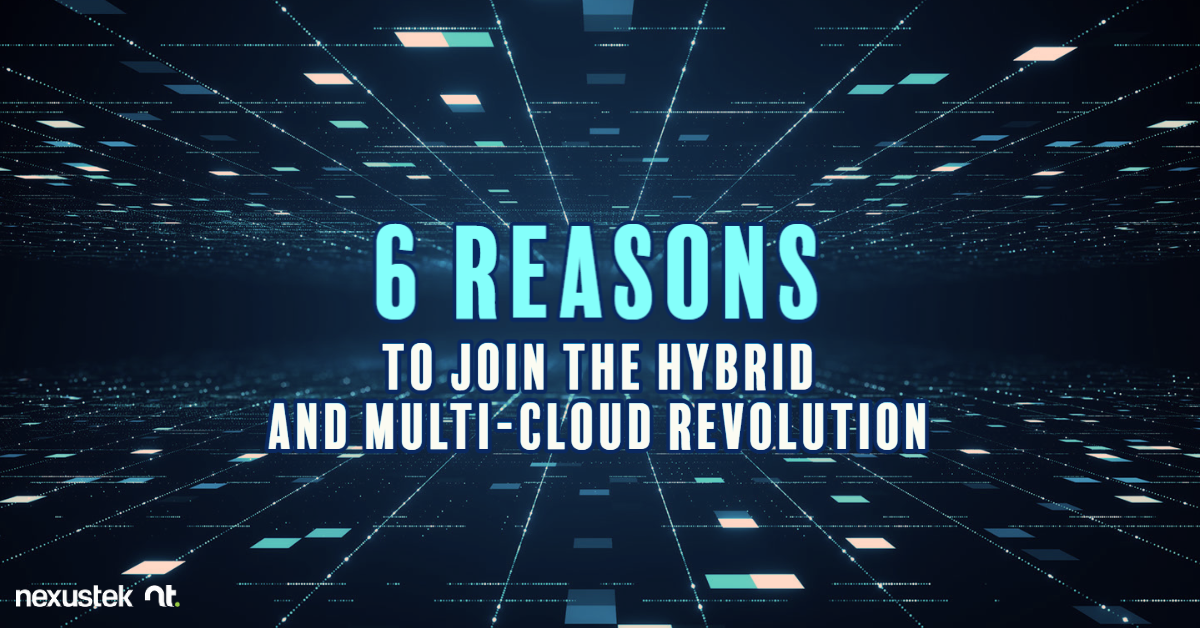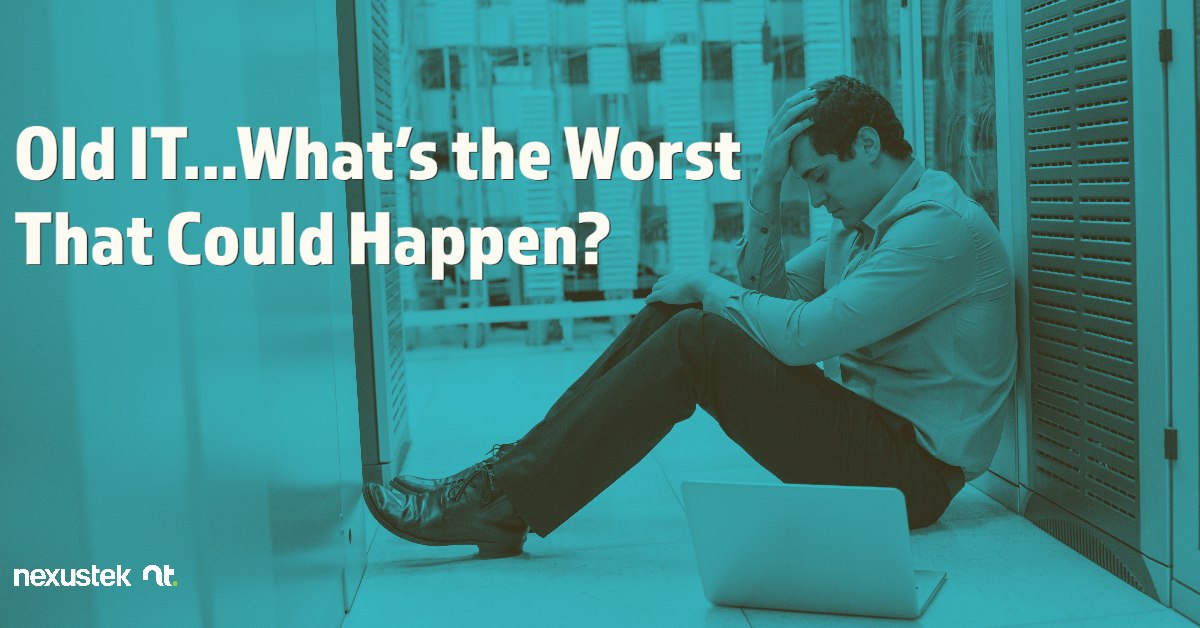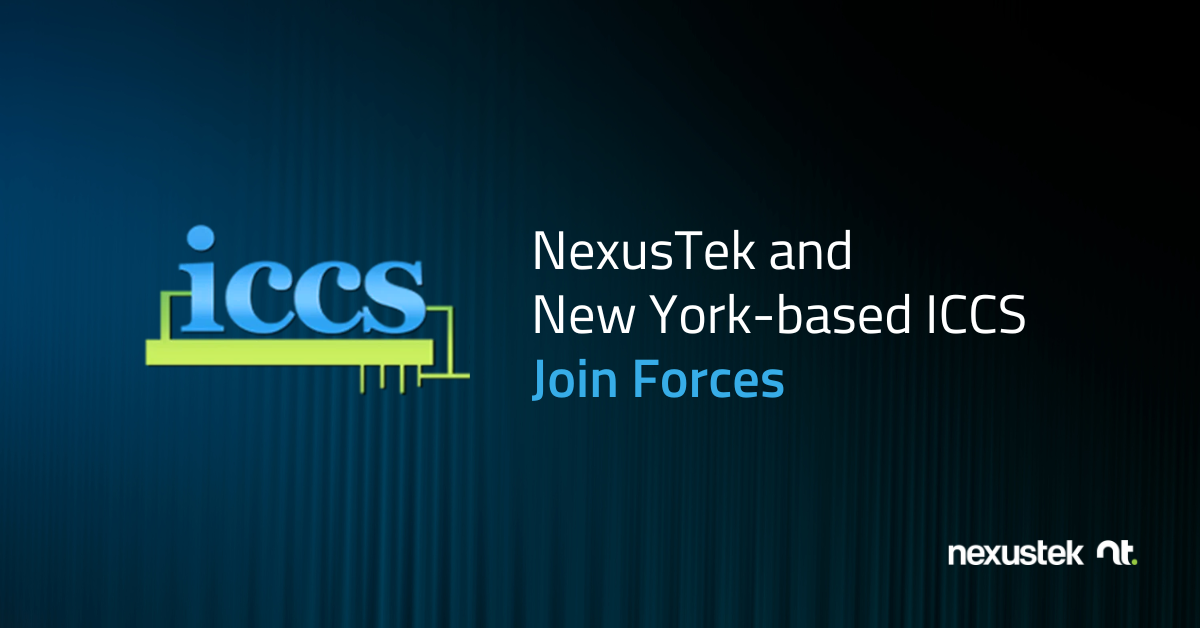
NexusTek and New York-based ICCS Join Forces
A leading nationwide managed IT services provider expands geographic footprint and capabilities by adding market leader ICCS to its portfolio.
Denver, CO, May 16, 2023 — NexusTek, a national provider of managed IT and technology consulting services, has joined with ICCS & Co., LLC (ICCS), a leading regional managed IT services provider based in New York City. In connection with the transaction, A&M Capital Strategic Investments will be leading a substantial investment into the combined business along with continued participation from lead sponsor Abry Partners and other investors.
Headquartered in Midtown Manhattan, ICCS provides award-winning managed IT, cybersecurity, and cloud services to clients in the New York City metropolitan area . The transaction gives the NexusTek platform added geographic presence in the northeast US, further enhancing its ability to serve a global client base. ICCS brings a deep and unique capability surrounding public/hybrid cloud which will further deepen NexusTek’s capabilities. Both NexusTek and ICCS share similar core values that focus on delivering white glove customer service leveraging enterprise grade technologies.
“ICCS is one of the strongest performing regional MSPs we’ve seen and operates in the largest metropolitan area in the US, making them a perfect partner for NexusTek’s expansion into the Northeast” said Bill Wosilius, CEO of NexusTek. “We believe their excellent customer service and strong financial performance make them an excellent partner for us as we grow our national platform, and we look forward to bringing additional capabilities to our collective customer base.”
ICCS’s co-founder and CEO, Isaac Braca, commented, “I am truly excited about helping NexusTek grow beyond its already impressive national reach with our expertise in public and hybrid cloud, specifically within the legal, financial, real estate, wholesale, and manufacturing verticals. NexusTek’s nationwide support infrastructure, deep bench of IT talent, and 24/7/365 service capability will benefit ICCS’s customers, ensuring all their IT needs are met.”
Isaac Braca and his co-founder Morris Braca will become Co-Managing Directors of NexusTek’s Northeast Region, reporting to NexusTek’s Chief Operating Officer, Scott Ray.
With the addition of ICCS, NexusTek continues on its mission towards becoming the industry standard for delivering premier IT solutions with best-in-class customer satisfaction.
Drake Star Partners acted as exclusive financial advisor and K&L Gates acted as legal counsel to ICCS on the transaction. Guggenheim acted as exclusive financial advisor to NexusTek and Abry Partners.
About NexusTek
Thousands of businesses depend on NexusTek to manage and optimize their IT and cloud environments for business continuity, productivity, operational efficiency and cost-effectiveness. With an all-encompassing services portfolio, infrastructure, high-touch personal attention and IT consulting expertise, NexusTek delivers true end-to-end, outsourced IT management to organizations nationwide.
For additional information, please visit https://www.nexustek.com.
About ICCS
ICCS is a prominent IT, Telecom, and Managed Service Provider based in the New York Metropolitan area. With over 30 years of experience, the company offers customized IT and technology solutions to support the diverse business requirements of its clients. ICCS helps businesses of all sizes grow by providing innovative solution design, implementation, and support services. By leveraging modern and emerging technology solutions, ICCS helps its clients move into the future while minimizing operational costs.
For more information, please visit https://www.iccsllc.com







